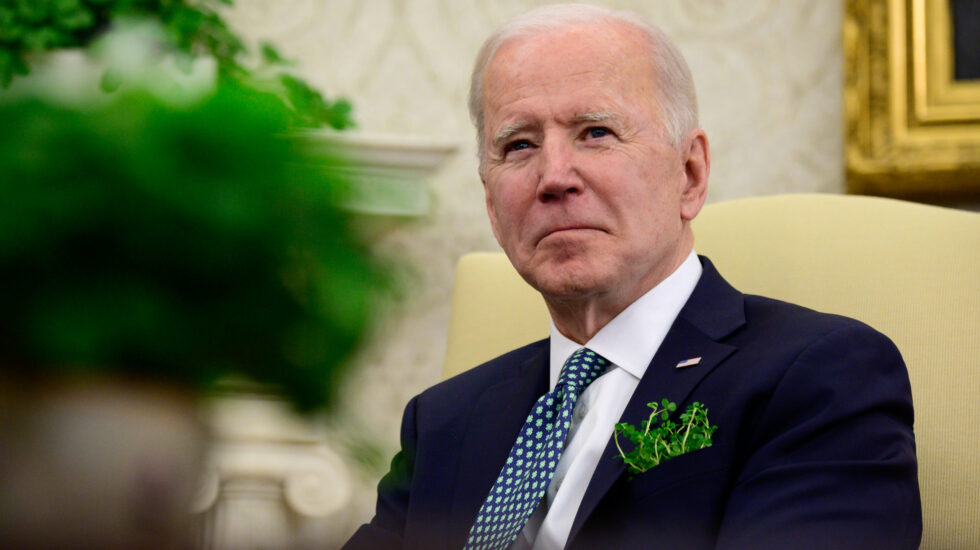On his 100th day in office, Joe Biden can celebrate an economic milestone – the S&P 500 has grown 10% since his inauguration. That’s the best start of a presidential term since the FDR administration, according to The Wall Street Journal.
It also defies one of Donald Trump’s oft-repeated campaign predictions. At multiple points in the run-up to the 2020 election, the former president said the stock market would crash if Biden won. Last February, Trump told business leaders, “if I don’t win you’re going to see a crash like you’ve never seen before.”
In fact, the S&P 500’s growth in Biden’s first 100 days is nearly double the growth during Trump’s first 100 days. In 2021, the S&P 500 has closed at a record high twenty-four times and the tech-heavy Nasdaq Composite has also reached historic heights.
If you trace the stock market since Biden’s November election, the increase is even more impressive.
The Wall Street Journal explains, “Investors say it is no surprise that bountiful government spending, increasing Covid-19 vaccinations, growing faith in the economic reopening and continued support from the Federal Reserve have powered the latest leg up in the stock market.”
Assigning a president full credit – or blame – for peaks and valleys in the stock market undersells the complexity of the economy. And a large chunk of Americans – some 45% – have no stake in the stock market at all. But the gains in the market reflect a broader economic recovery. On Thursday morning, the Commerce Department announced that the U.S. economy grew by 6.4% annual rate last quarter. The economy is on pace for the most growth in a year since 1984.
All the good news on the economy might make Biden’s proposed tax increases – which target the rich – more palatable. Indeed, profits from assets like stocks, called capital gains, would be taxed at a higher rate under Biden’s plan.
The increased tax revenue would fund everything from infrastructure and child care to cancer research and the removal of lead pipes. Biden has recently proposed over four trillion dollars in new spending.



